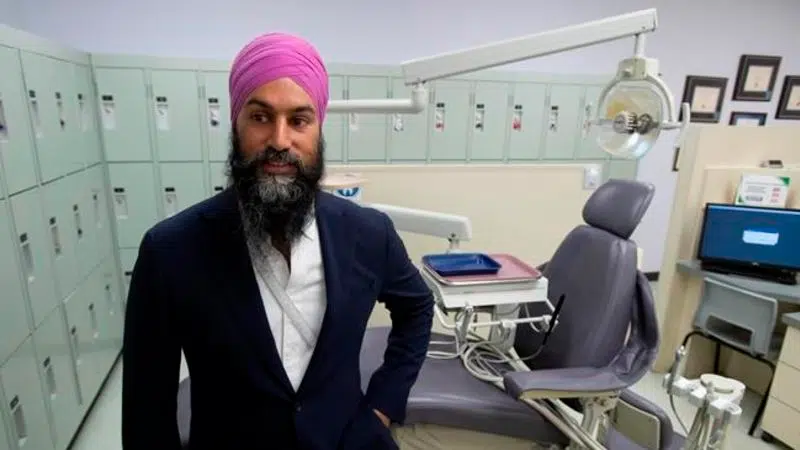
Singh promises public dental coverage for families making under $70,000
SUDBURY, Ont. — Federal NDP Leader Jagmeet Singh laid out a plan to extend full public dental coverage to low- and middle-income households on Wednesday, in what he described as a first step toward including dentistry in public health care for everyone.
The announcement at a training clinic for dental hygienists at College Boreal in Sudbury, Ont., was Singh’s latest pitch to voters on so-called pocketbook issues, a new promise to alleviate people’s worries about important things they can’t afford.
While the NDP’s plan was welcomed by one expert, the Canadian Dental Association was more guarded in its response, saying it welcomes any effort to expand access to dental care but wants more details.
An NDP government would extend full public dental coverage to households making less than $70,000 a year starting in 2020, Singh said, and households with incomes between $70,000 and $90,000 would get partial coverage.


